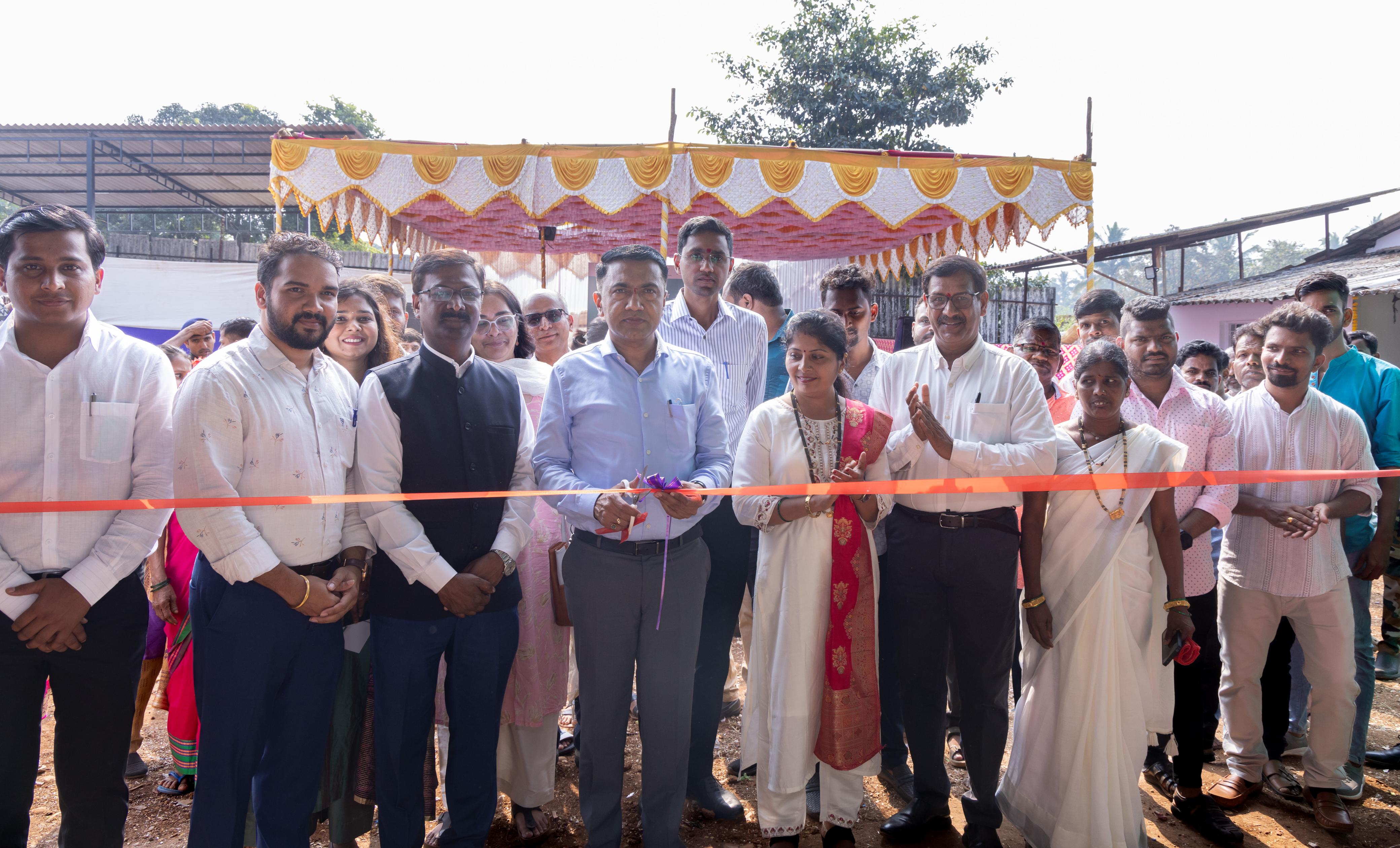Subscribe our Weekly Newsletter
Applications Invited for Thinking Outside the Pipe: Comparison of Non-invasive, Non-destructive Condition Assessment Technologies for Distribution Pipe

Organization: The Water Research Foundation (WRF)
Apply By: 21 Nov 2024
Grant Amount: 250000 USD
About the Organization
The Water Research Foundation (WRF) is the leading research organization advancing the science of all water to meet the evolving needs of its subscribers and the water sector. WRF is a 501(c)(3) nonprofit, educational organization that funds, manages, and publishes research on the technology, operation, and management of drinking water, wastewater, reuse, and stormwater systems—all in pursuit of ensuring water quality and improving water services to the public.
About the Grant
Distribution pipelines are typically 4” to 12” in diameter. Traditional high-resolution condition assessment methods use large equipment that cannot fit inside all distribution pipelines. Distribution pipelines are also connected to user service lines, so they cannot be easily taken out of service for traditional invasive condition assessment methods without significant community impact or expensive temporary aboveground pipeline. Lastly, various materials have been used for distribution pipelines, including PVC, HPDE, CI, DI, AC, and steel (mortarlined and coated, mortar-line and plastic-coated, etc.).
Utilities are facing a challenge in planning and financing effective pipeline replacement and rehabilitation programs, particularly in systems with older metallic piping subject to corrosion. With reliable condition assessment information, utilities can (1) leave pipes with adequate integrity in service, (2) prevent unnecessary breaks by repairing (or replacing) pipes proactively, (3) tailor renewal methods to match the condition and/or configuration of the pipe, (4) localize the replacement to maximize break reduction-to-cost ratio, and (5) prioritize and schedule pipe renewal work appropriately. Each of these benefits presents considerable potential savings. However, high-resolution condition assessment, often needed for confident decisions, can be expensive and disruptive, offsetting these benefits.
Low-resolution condition assessments are attractive because no tools are inserted into the pipes, no excavations are typically needed, and the costs are relatively low. Acoustic velocity testing (AVT) has been commercially available for over a decade and measures average pipe stiffness between two points (often two fire hydrants or valves). From differences in pipe stiffness, differences in pipe integrity are inferred. The main disadvantage of AVT is that the average condition is measured, and pipe failures generally occur due to smaller defects not discerned from AVT.
Several companies now offer more advanced acoustic (or pressure) wave-reflection methods, and evidence suggests that these methods can provide more information than conventional AVT. These methods reportedly detect more localized changes in stiffness, perhaps finding a badly corroded pipe segment within an otherwise uncorroded pipeline. However, the benefits and limitations of these methods are not well understood, and no rigorous third-party investigation of these methods has been performed. Three-dimensional electromagnetic imaging of buried pipelines is also a non-invasive technique that may have promise. Adapted from methods used to detect unexploded ordinance and improvised explosive devices, these methods induce a response in the buried object, rather than merely reflecting off the object (like ground-penetrating radar).
Budget Applicants may request up to $250,000 in WRF funds for this project
Project Objectives
- To provide utilities with a better understanding of the benefits and limitations of low-cost, non-invasive pipeline condition assessment technologies and how they may be applied to make better distribution pipeline renewal/replacement decisions.
- To examine “false positives” and “false negatives” in estimating the limitations of these technologies.
Research Approach
The research team that provides the best approach to this subject (within budget constraints) will be selected. The following tasks are suggested for consideration:
- Critically review published literature and research reports, including literature provided by the technology companies, particularly validation studies.
- Prepare a test pipeline matrix composed of pipe segments with variable conditions to test how readily differences can be detected across pipe diameters and materials.
- Arrange for comparative field testing of low-cost, non-invasive pipeline condition assessment technologies, ideally in various geographical areas of the country representing different burial, soil, and service conditions.
- Validate positive findings of anomalous conditions identified by application of these technologies at various water utilities.
- Excavate the pipeline at the anomalous condition and other location(s) to compare results.
- Compare the results from these technologies with results from reliable high-resolution
- Compare the results to historical maintenance data, such as previous repairs.
- Any other innovative methods to validate findings. 5. Prepare a study report that summarizes the research, findings, and suggestions for application and limitations (particularly resolution) of each technology, as well as future research.
Expected Deliverables
- Final report summarizing the findings of the project and suggestions for future research.
- Webcast to share project outcomes with water utility professionals.
Eligibility
Proposals Proposals will be accepted from both U.S.-based and non-U.S.-based entities, including educational institutions, research organizations, governmental agencies, and consultants or other for-profit entities.
How to Apply
Proposals are accepted exclusively online in PDF format, and they must be fully submitted before 3:00 pm Mountain Time on Thursday, November 21, 2024. The online proposal system allows submission of your documents until the date and time stated in this RFP. To avoid the risk of the system closing before you press the submit button, do not wait until the last minute to complete your submission. Submit your proposal at https://forms.waterrf.org/cbruck/rfp-5289.
For more information please check the Link
Latest Online Store
Latest Tenders And EOIs
Latest News
© Renalysis Consultants Pvt Ltd

.png)











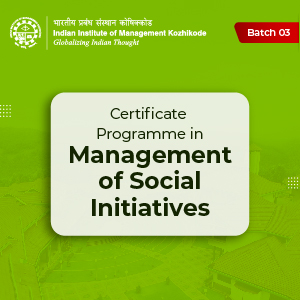

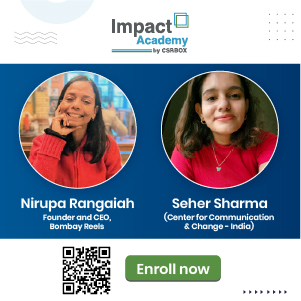
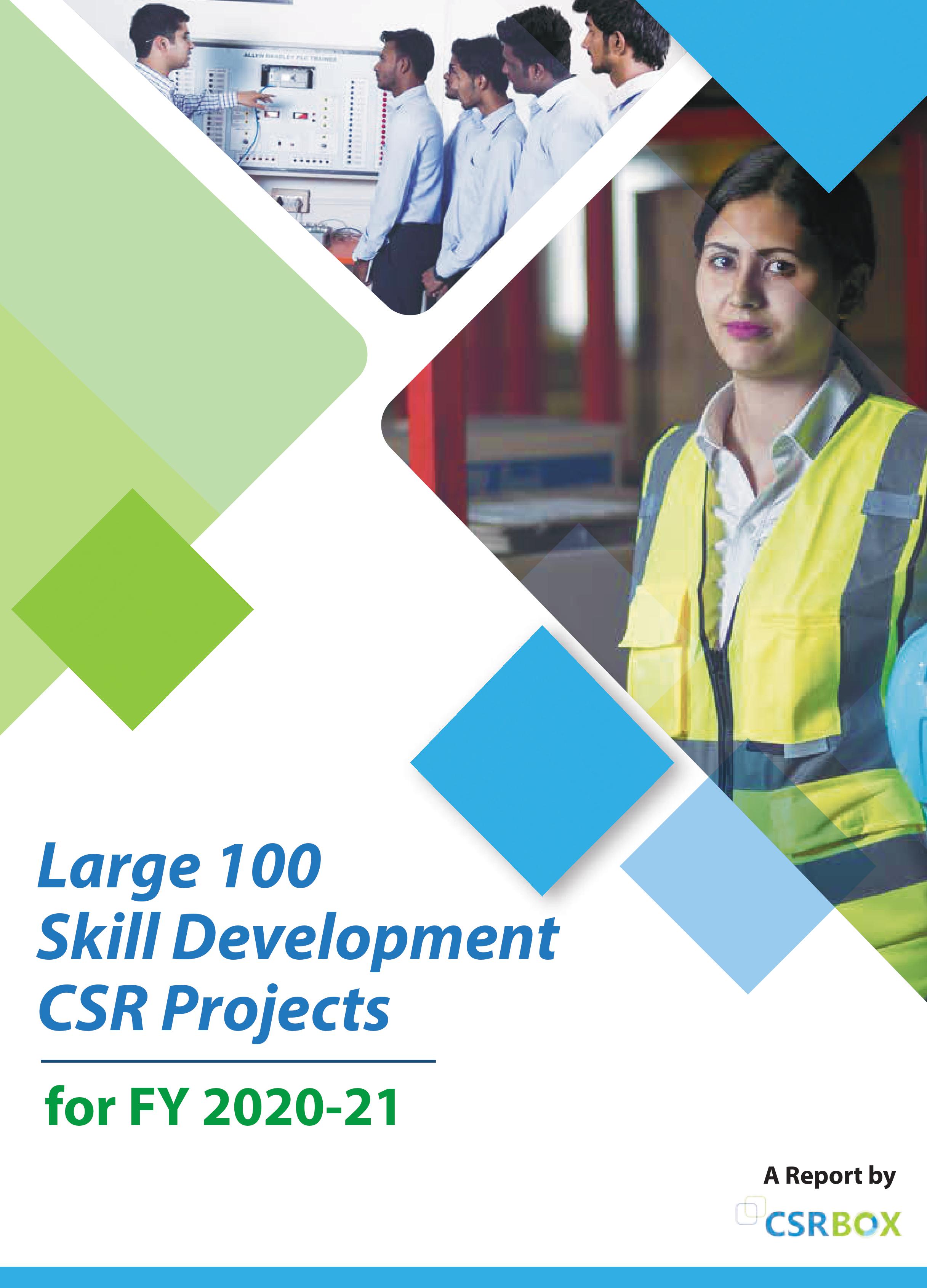
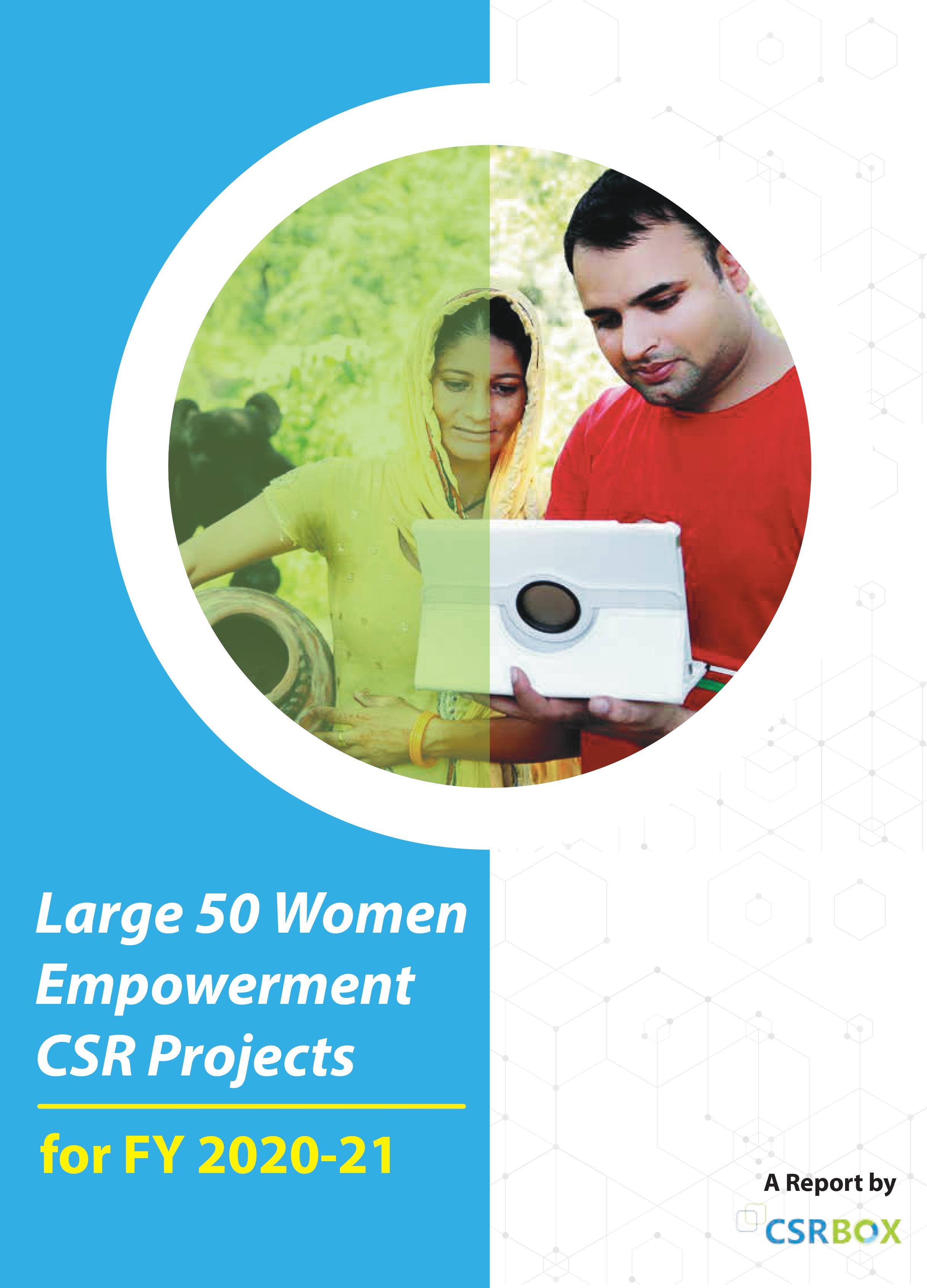
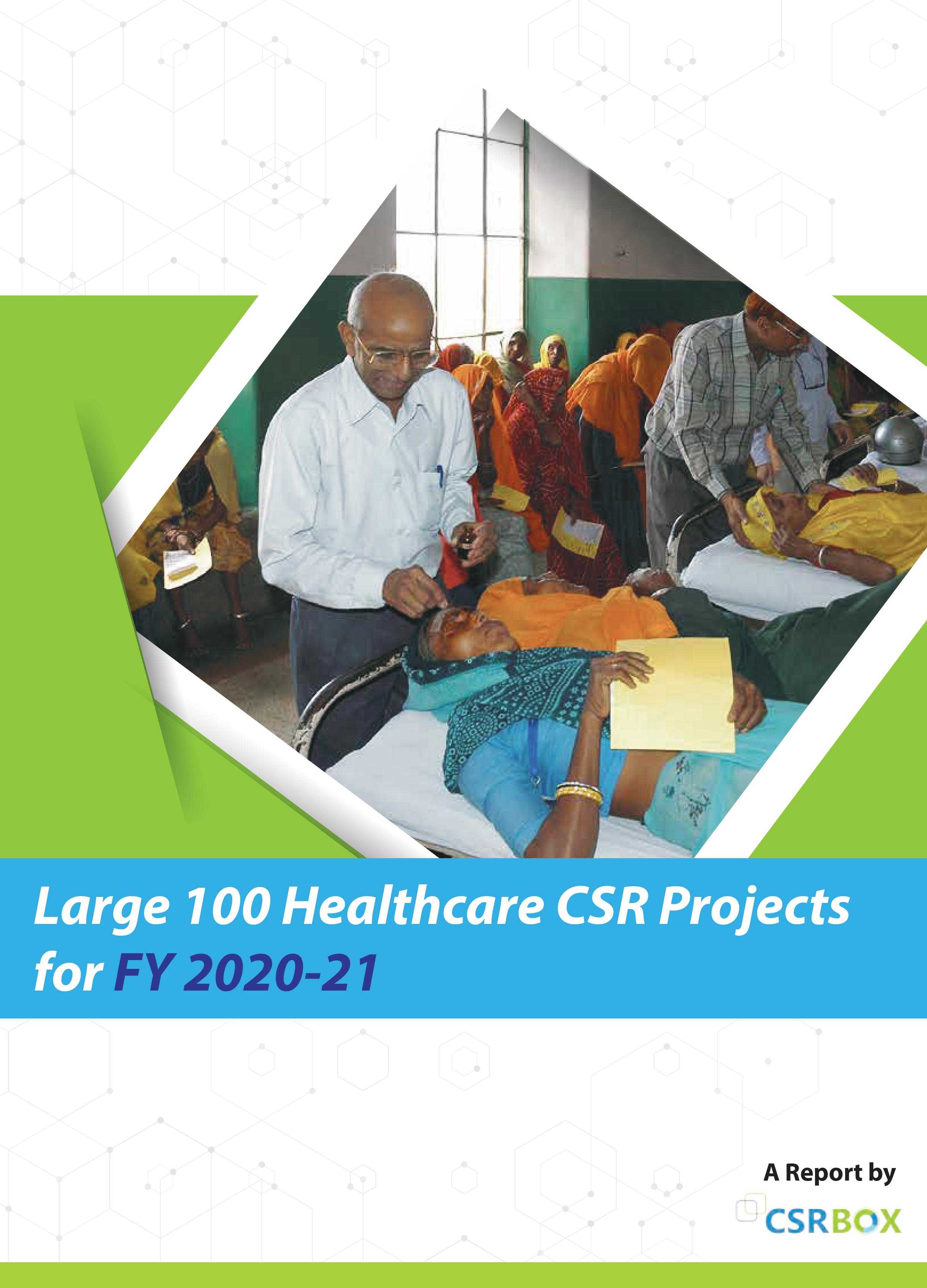
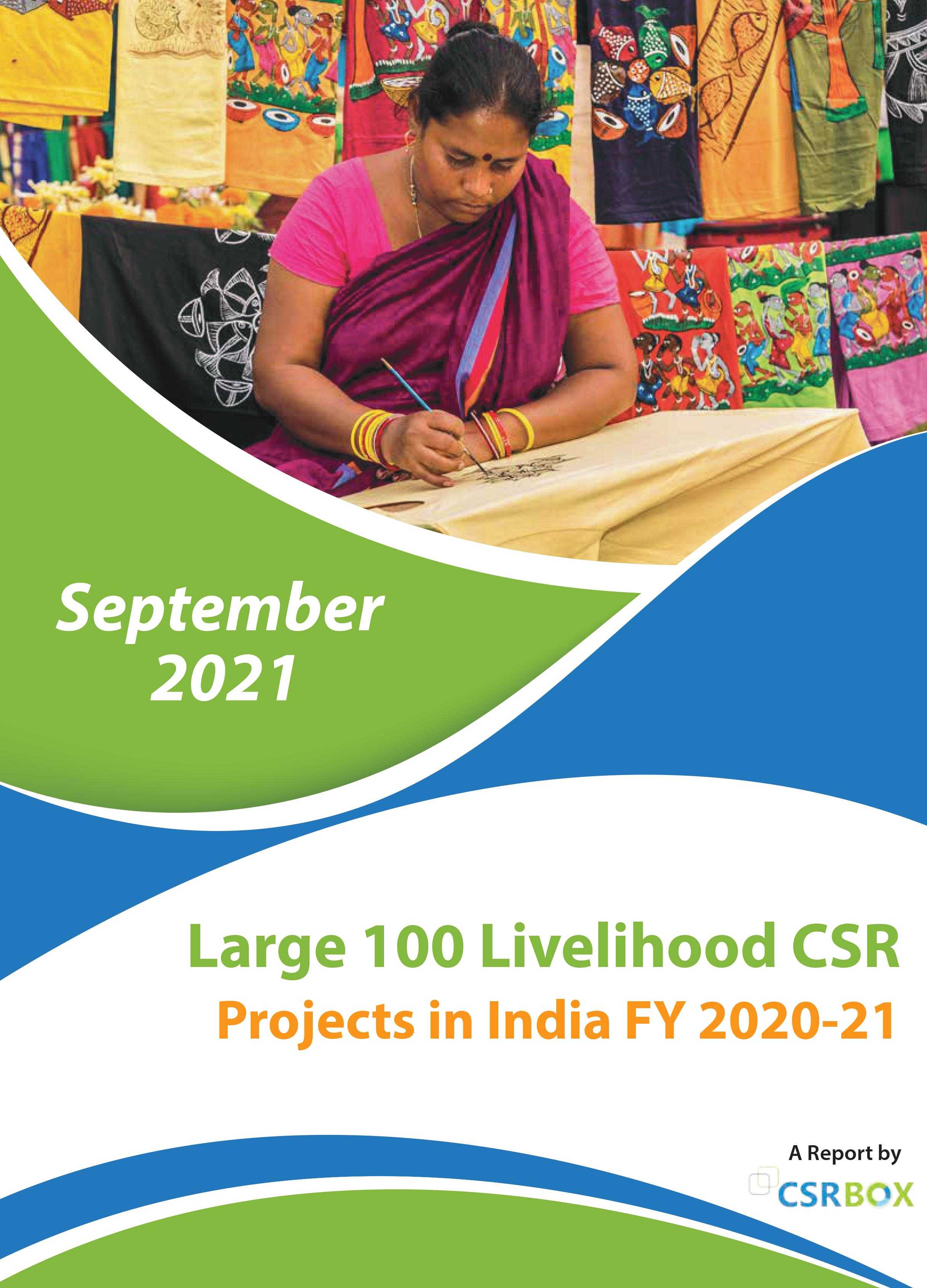




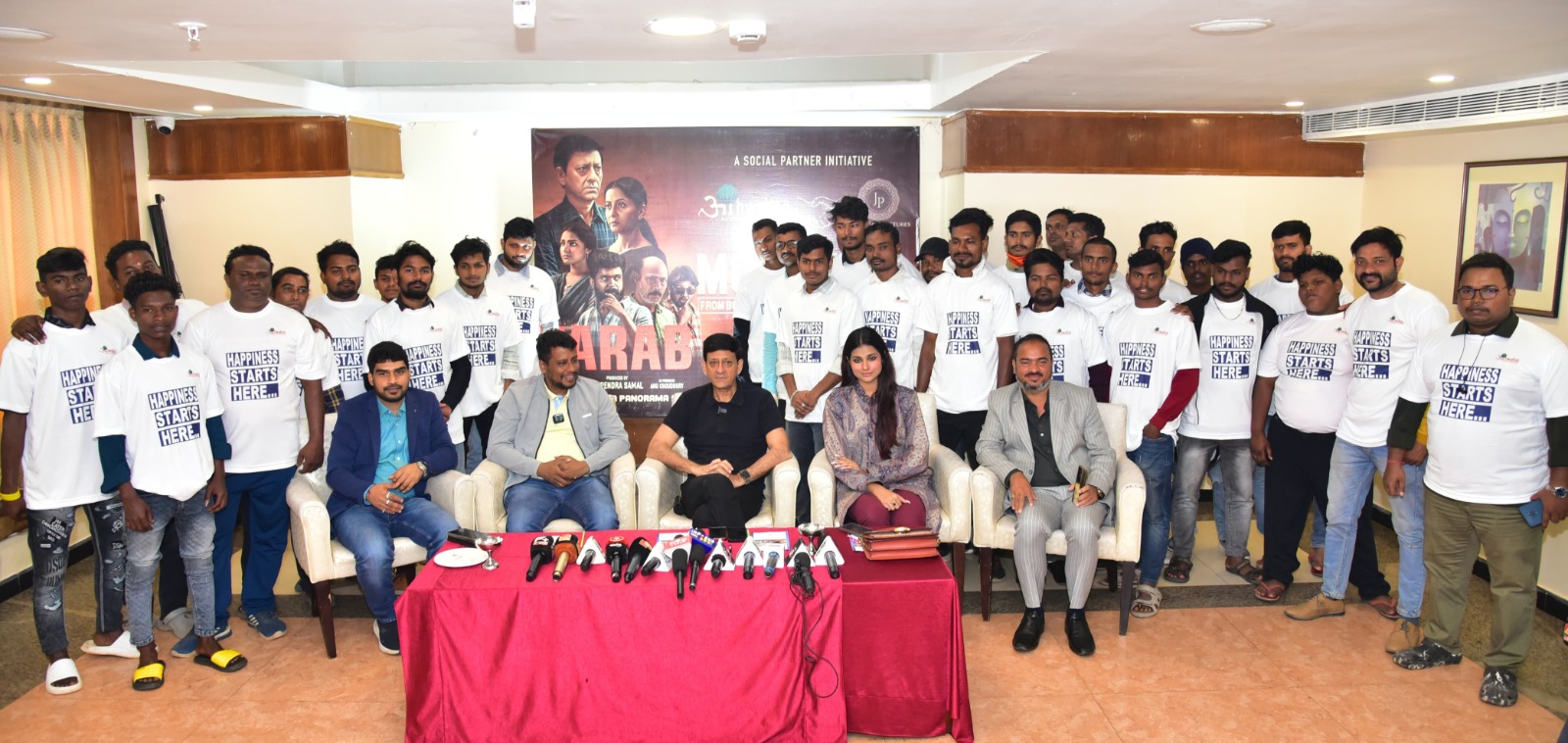
.jpg)
